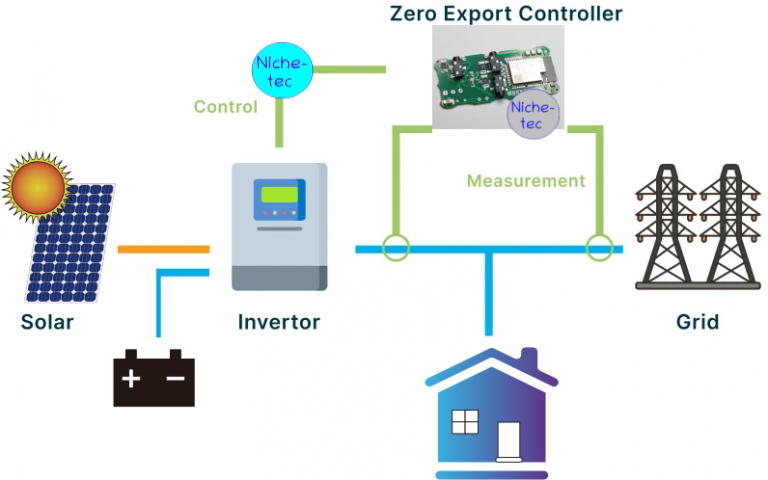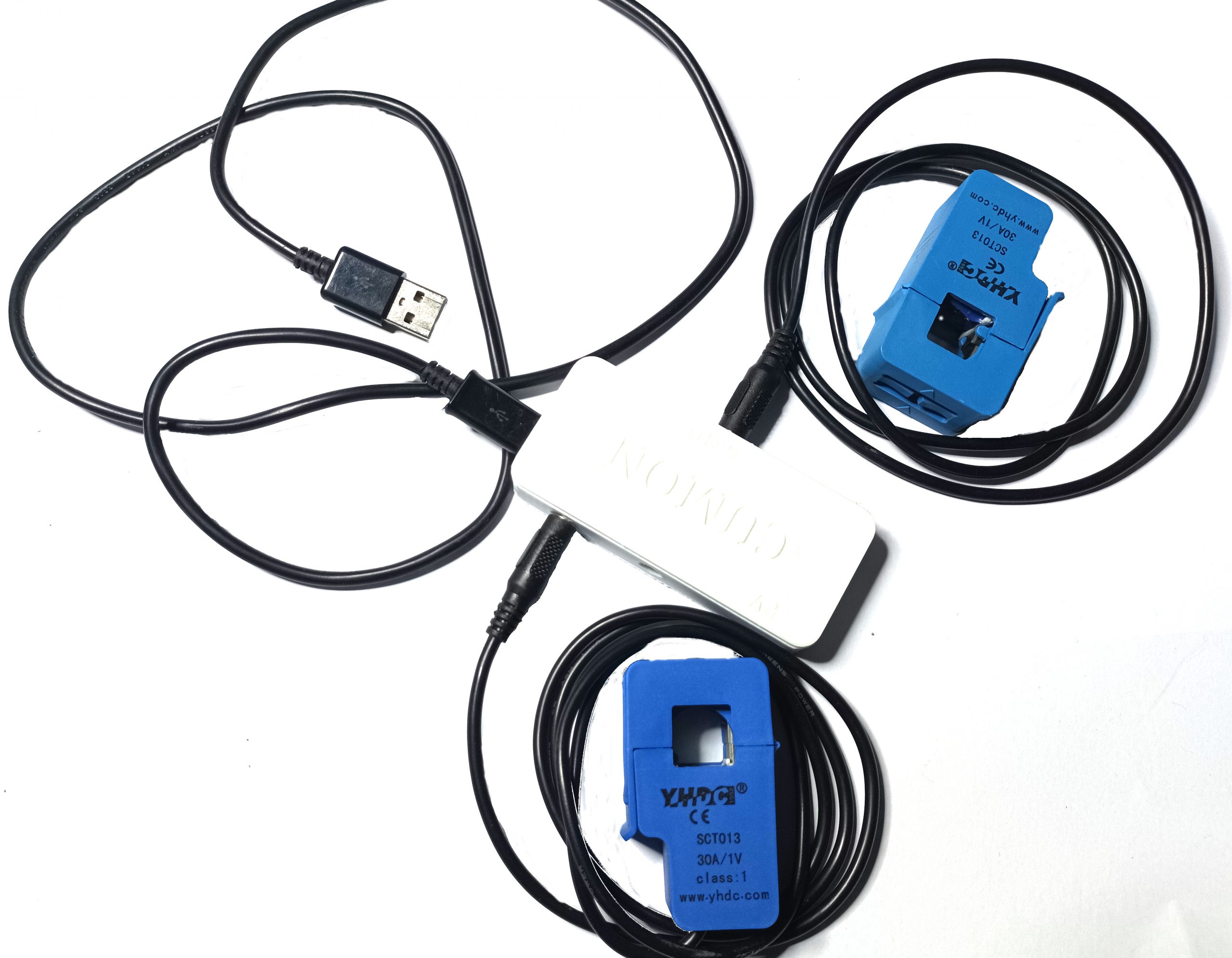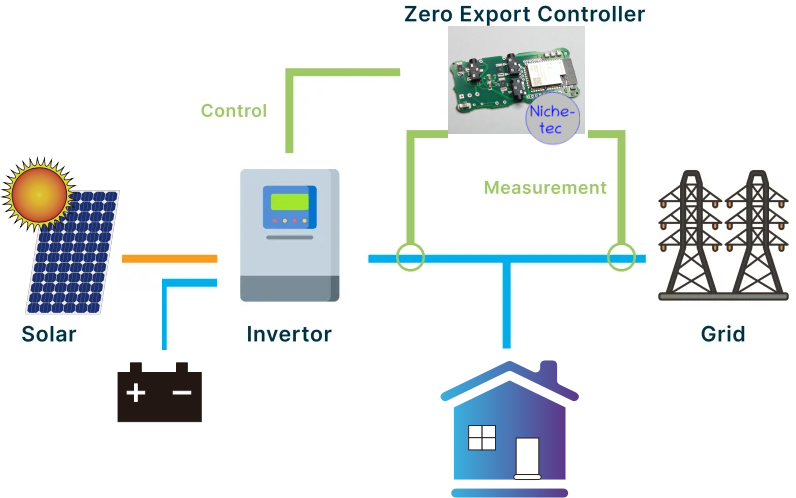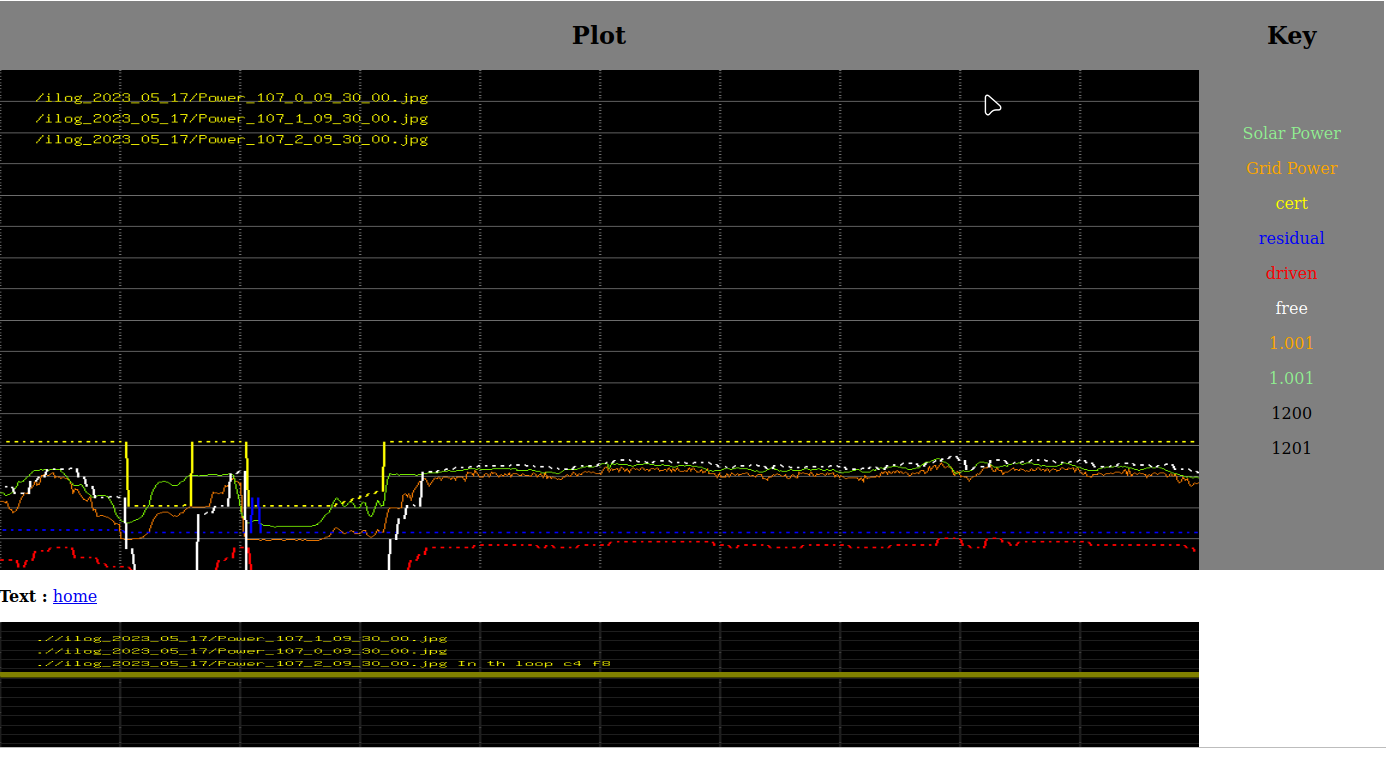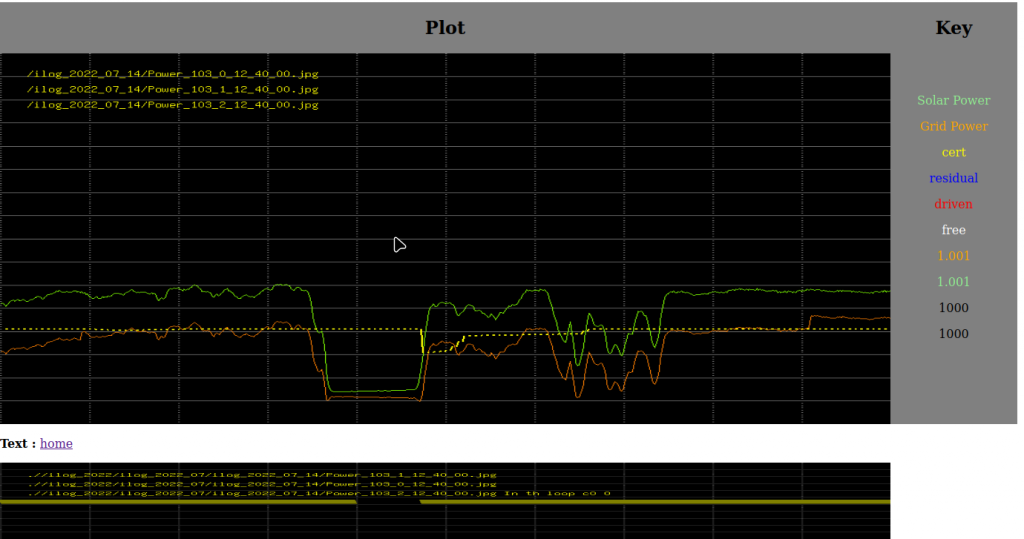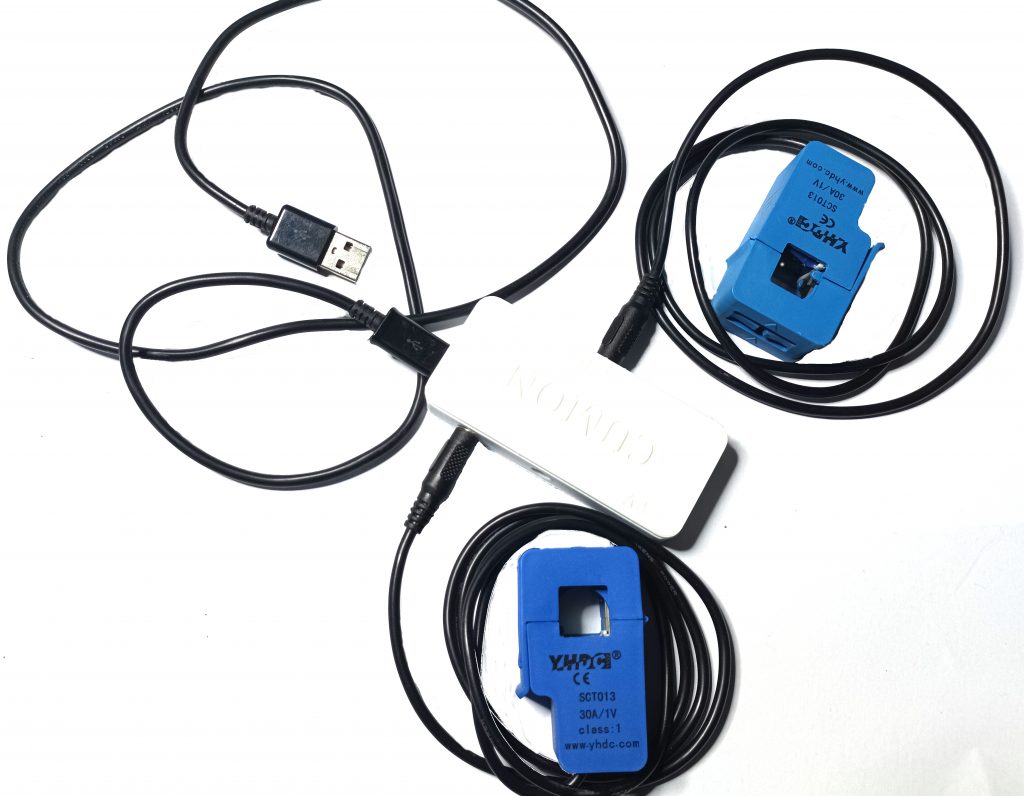
Home solar installations generate power allowing your home to use what power you can and any excess is exported back to the grid. if you don’t have any way to store this electricity and can’t make use of it, then it is exported back to the grid at a low nominal rate.
Making use of that energy yourself is usually the most cost benefit to you.
There are many reasons you may not want to change your electrical setup to upgrade your system to make better use of the energy.
There is a way to determine how much spare electricity you are generating CUMon does that function and logs your consumption over time allowing you to identify when you are exporting and how much energy you could be using. CUMon requires no actual wiring changes to your house. Providing you can identify the wire that connects you to the Grid and the one returning to your Consumer unit from your inverter you can wrap a current sensor around it. So CUMon requires no electrical rewiring. Just Clamping the sensors around wires is truly non Intrusive. This can be performed by anyone !
CUMon connects to your home WIFI and broadcasts this information within your home network.
What is non intrusive energy diverting.
Non intrusive Energy Diverting energy diverting is when the signal from CUMon is detected and acted upon by a device.
Current developments
We have NRGDivert Boards that can turn on driving power to devices within your home. They are experimental but they work we trying to identify the final form of these.
They currently they fit behind an existing 3 pin socket and proportionally turn on or off.
Example testbed is an 13A Immersion heater that heats hot water allowing the energy to be stored in the hotwater tank these could be used with any resistive load that can handle being Switched On and Off.
Or take the form of an ESP-01S Board that works in a switch on when spare current exceeds a preset value and switch off when it drops below
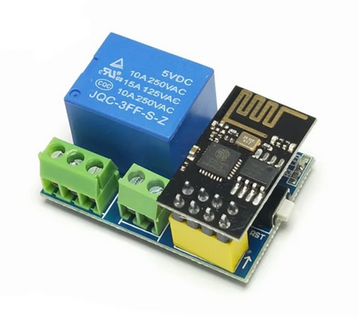
Future Development Aims
We wish to expand on the functionality of the NRGDivert to send that energy to a House Battery.
How can I get involed
We are looking for test beds to add to the CUMon logging and welcome fellow developers to put your CUMon logs online and will make available the broadcast message format for home users that wish to participate and control their own energy usage.
We have spare prototype boards for CUMon users wishing to build their own NRGDiverter we offer these free while they last and will charge remake costs for future ones when we have to reorder so get in early if you want a free NRGDivert PCB
